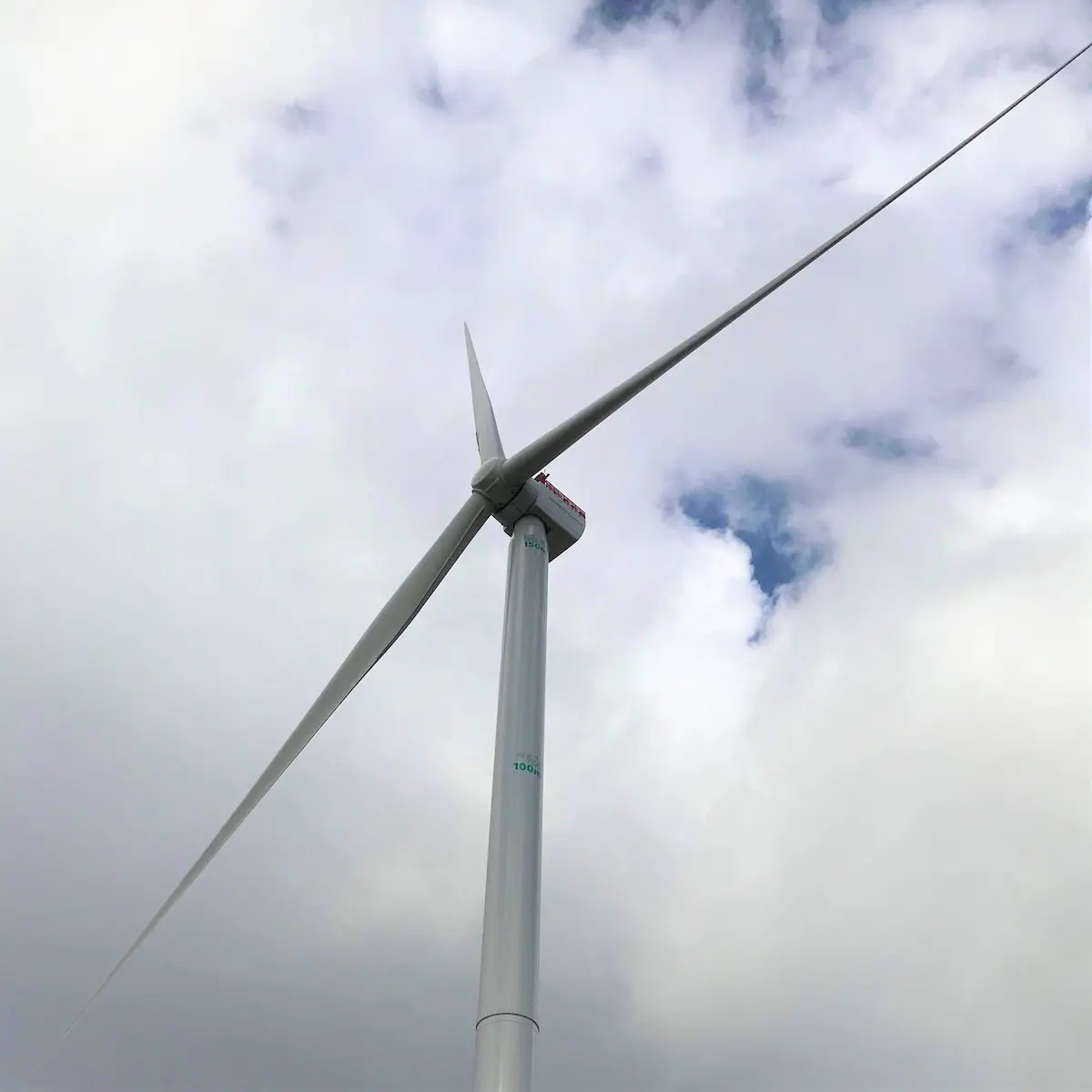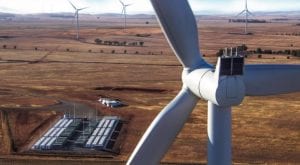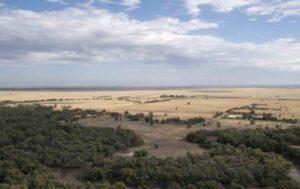Unexpected and increasing wind turbine failure rates, largely in newer and bigger models, are savaging the profits of some of the world’s biggest manufacturers, as Siemens Gamesa, GE and Vestas report heavy repair and maintenance losses.
Faulty components created a €472 million ($A28 million) hole in Siemens Gamesa’s December quarter result, making up more than half of the nearly billion-euro loss for the period. Of that total, €187 million was due to a reduction in revenue with the remainder due to warranty provisioning.
The wind turbine maker said a “negative trend” of failure rates from turbines are causing higher than expected maintenance costs and warranty call-outs. It did not specify which components are affected.
Siemens Gamesa ended the year with a quarterly loss of €884 million ($A1.4 billion), more than double that of the same period the prior year, and net debt of €1.9 billion.
Write-downs in goodwill and the inclusion of integration and restructuring costs come as the company prepares to delist and integrate with Siemens Energy.
“The group’s financial performance in Q1 23 was materially impacted by the outcome of the company’s periodic monitoring and technical failure assessment of its installed fleet,” the company said in its quarterly results.
“The expected cash impact during FY23 amounts to a mid-double-digit euro million figure.”
Vestas has added €210 million in warranty provisions for repairs in the December quarter, as rising call outs and higher upgrade costs bite at the Danish company, too.
Vestas also said its lost production factor is rising towards 4 per cent due to the number of “extraordinary” repairs and upgrades.
GE blamed its $US2.2 billion annual loss on rising warranty provisions from its wind division in the September quarter, which contributed to a 17 per cent drop in revenue.
Too big too fast?
Advancements in materials, manufacturing and design techniques, and operations and maintenance tools led to a technical revolution in wind energy, allowing bigger and bigger machines to be installed.
Wind turbines and their blades have rapidly been upsizing, with the average rotor diameter in the US reaching 127.5 metres in 2021, while the largest in the world is a 13.6 megawatt (MW) offshore wind turbine with a rotor diameter of 252 metres.
In Australia, wind farm developers are racing to install the biggest machines they can.
The 1,026MW Macintyre wind farm in Queensland will use turbines that stand 230 metres tall from base to blade tip and carry 80 metre blades that weigh 26.6 tonnes each.
Neoen’s 157 MW Kaban wind farm in Queensland is using 5.6 MW turbines that stand 225 tall and carry 79 metre blades, while Tilt Renewables’ 396MW Rye Park wind farm, near Yass in the NSW Southern Tablelands, will feature 66 Vestas turbines rated at 6MW each.
There is little data on failure rates for newer turbines in Australia, but the country has seen several spectacular collapses.
An earlier generation Vesta turbine caught fire in January at the 66MW Cathedral Rocks wind farm west of Port Lincoln, at the tip of the Eyre Peninsula. The turbine was installed between 2004 and 2007.
Last year, the toppling of a Vestas turbine at the 89 MW Walkaway wind farm in Western Australia was caused by a crack in the steel tower.
The older turbine, a B82 1.65MW, was installed in 2006 and was the first major malfunction in Australia since late 2020, when the bolts came loose in a new turbine at Tilt Renewables’ Dundonnell wind farm, in Victoria, causing a 73 metre, 15 tonne blade to fall.
A Vestas turbine blade fall – in that case caused by a lightning strike – was also recorded at the Lal Lal wind farm, also in Victoria, in 2019.










